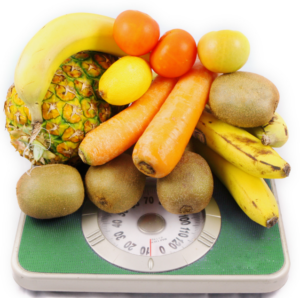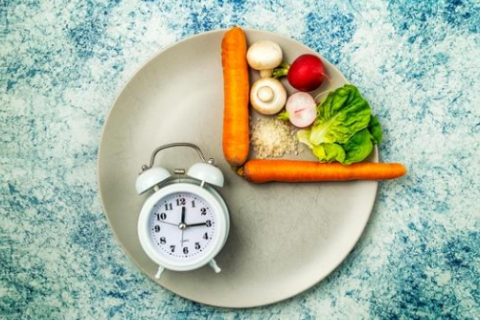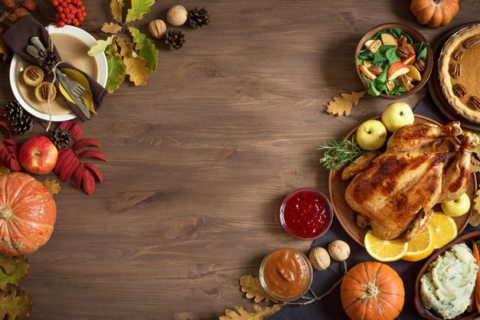Why Zero Point Foods Might Be Sabotaging Your Progress
Why Zero Point Foods Might Be Sabotaging Your Progress
Weight Watchers (WW) has helped millions create structure around their eating—but there’s one feature of the program that deserves a closer look: zero-point foods.
They’re marketed as “free” options you can eat without tracking. Sounds great, right? But here’s the problem: your body still processes them as calories. And too much of any calorie—zero points or not—can stall progress.
🔢 What Are Zero-Point Foods?
On WW, certain foods are assigned 0 SmartPoints to make the plan easier to follow. These usually include:
-
Fruits
- Corn, popcorn
-
Non-starchy vegetables
-
Eggs
-
Plain Greek yogurt
-
Chicken breast
-
Fish
- Beans, peas, lentils
The intention is good: to encourage healthier choices and reduce food tracking burnout. But for those trying to lose fat, this can backfire. (0 point foods)
❌ The Hidden Pitfalls of Zero-Point Foods
-
Calories Still Count
A banana, a chicken breast, and an avocado may be “0 points,” but they still have 80, 160, and 240 calories respectively. Eat several servings and you’re easily eating more than you think. -
Overeating “Healthy” Foods
Foods like nuts, eggs, or even fruit can become easy to overconsume because they’re seen as “safe.” But portion creep is real—even with healthy options. -
Misunderstanding Energy Balance
Fat loss requires a caloric deficit—not a points deficit. Many people unknowingly stall their progress because they trust the points system instead of tuning into total intake. -
Can Undermine Nutritional Awareness
If you stop reading labels or stop tracking entirely, you might lose awareness of the role that macros and total calories play in results, energy, and long-term success.
✅ What to Do Instead
-
Keep zero-point foods in your diet, but treat them as low-calorie, not free.
-
Pay attention to portion sizes, even with fruits, yogurt, and lean meats.
-
Focus on high-protein, balanced meals that support satiety and muscle retention.
-
Use tools like label reading and meal planning to understand real energy intake.
💬 From ELITE Fitness Alliance
We meet a lot of clients who have done WW and feel confused when progress slows. We help them reset by re-learning how to:
-
Eat enough to feel strong
-
Track calories realistically (without obsessing)
-
Stay consistent without relying on gimmicks
Zero-point foods aren’t “bad,” but misunderstanding them can stall your goals.
👉 Want to rebuild a simple, sustainable way of eating that supports fat loss and strength?
📖 Read more blogs at eliteeb.com/blogs
📞 Book a free call to talk with our team.



